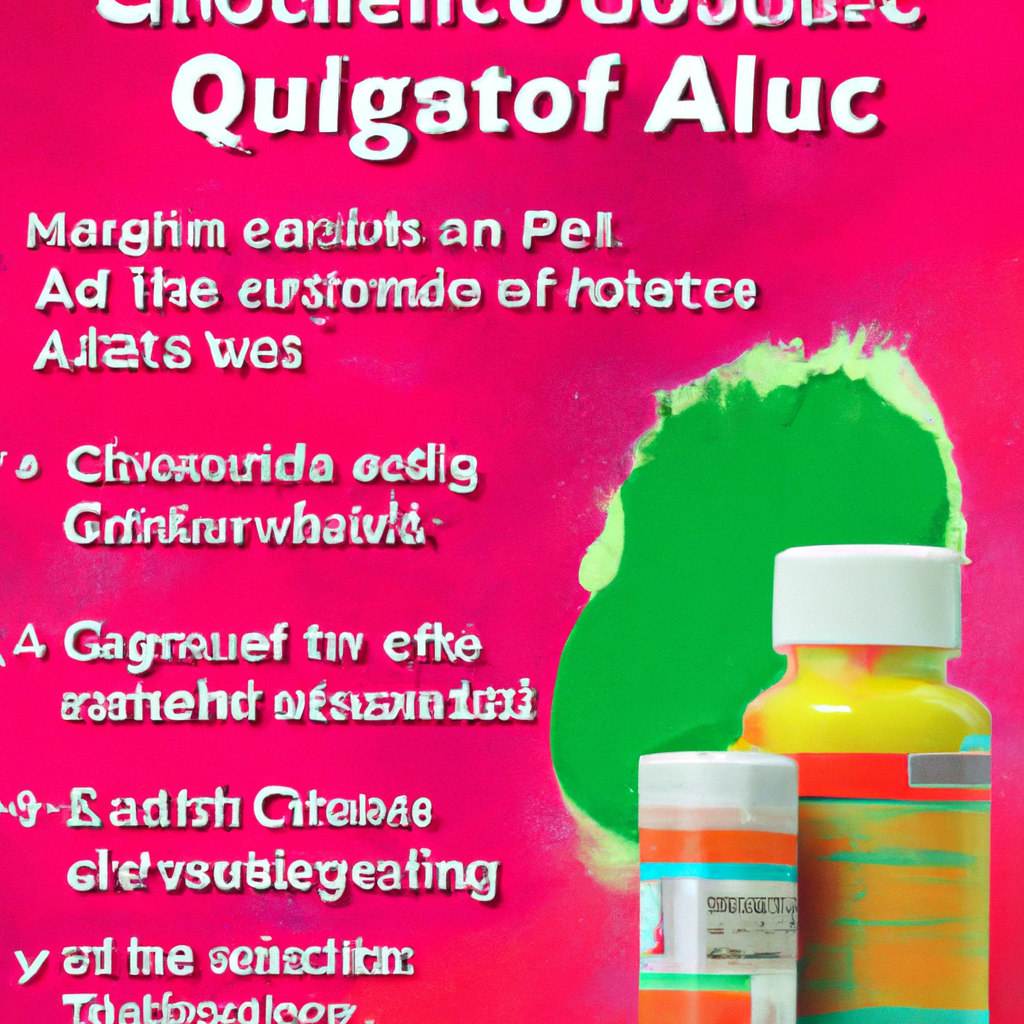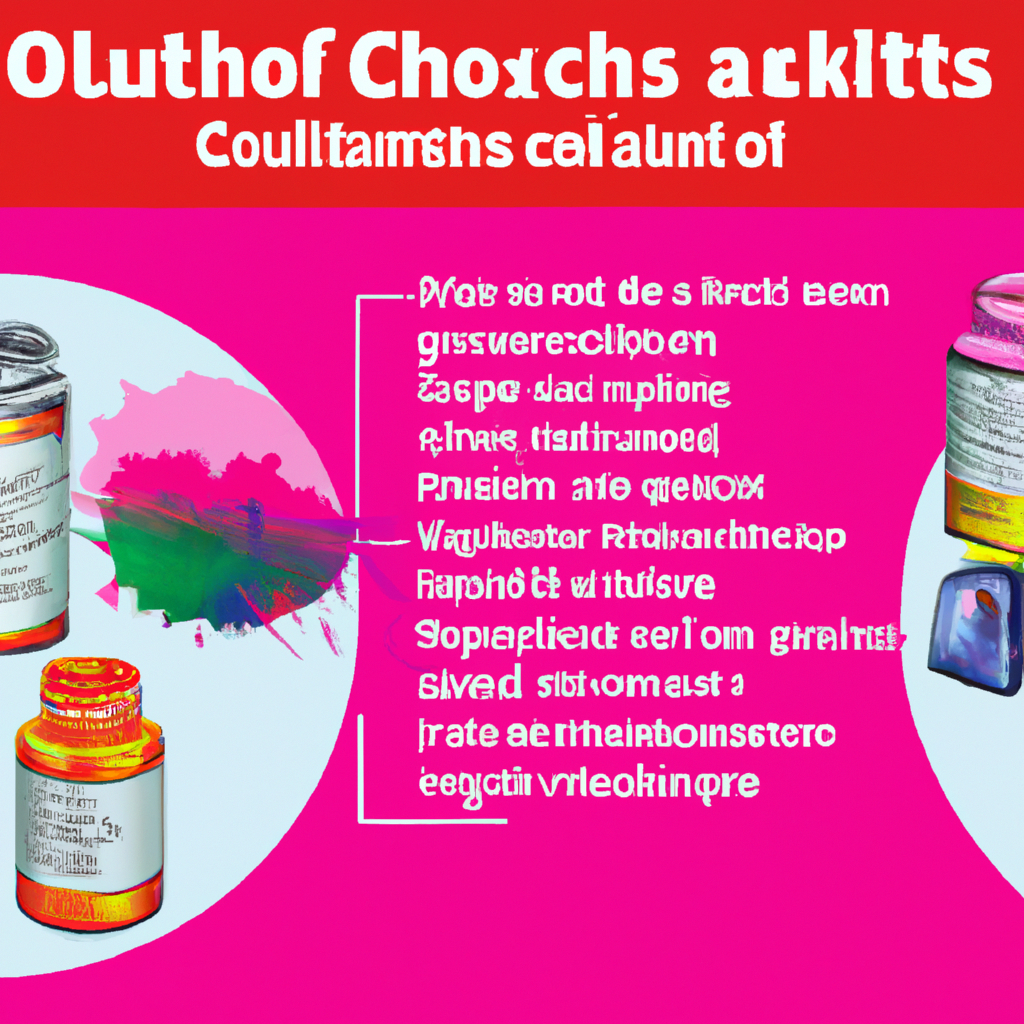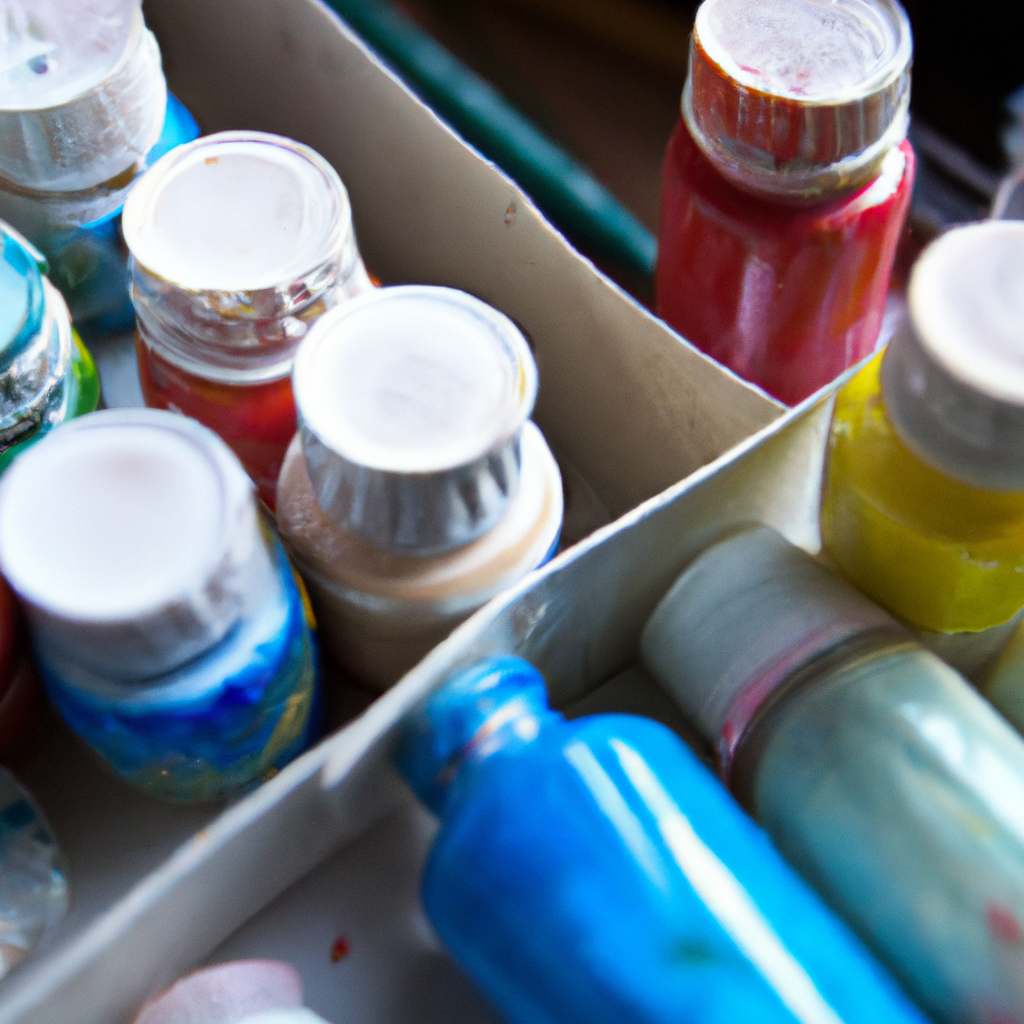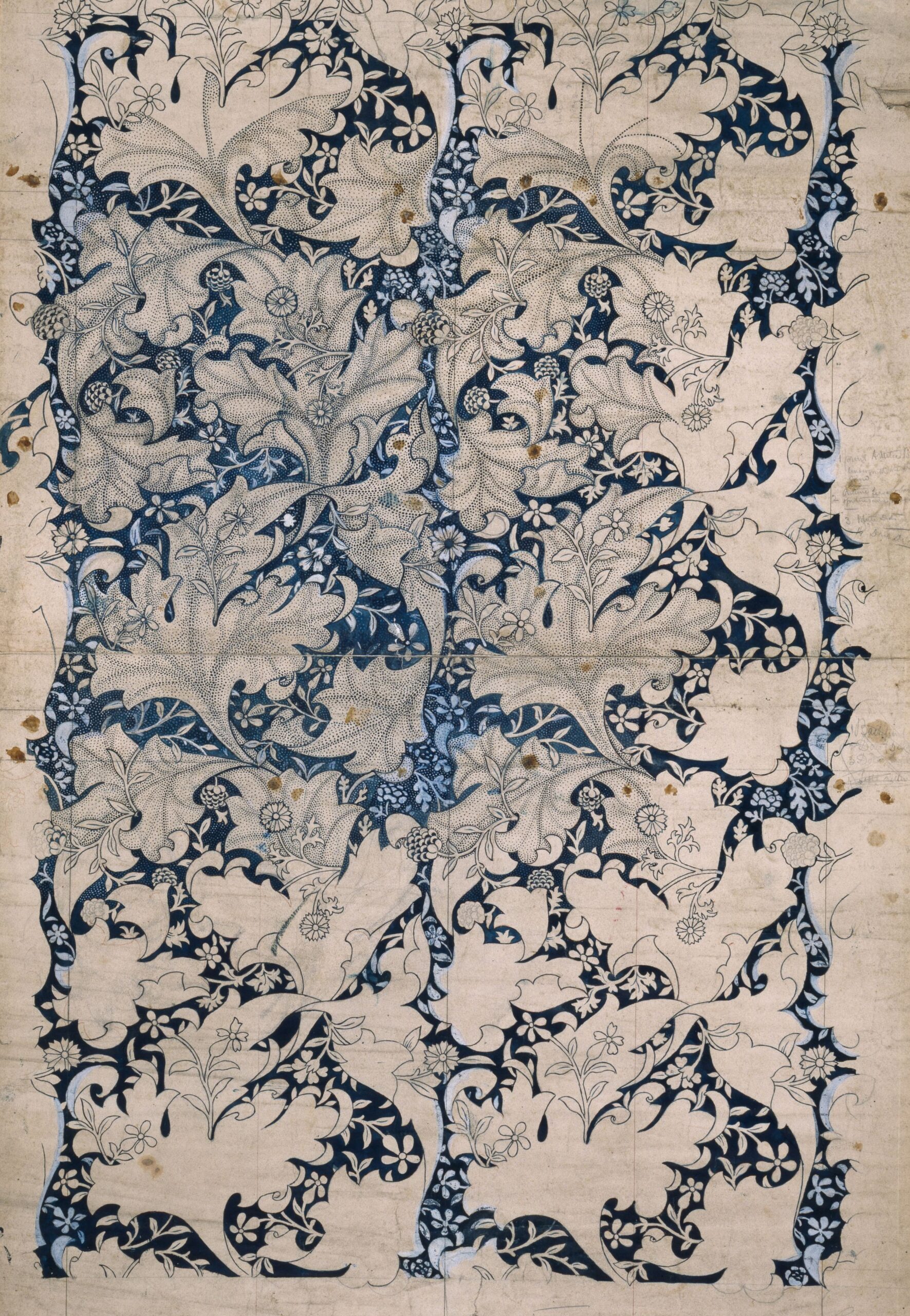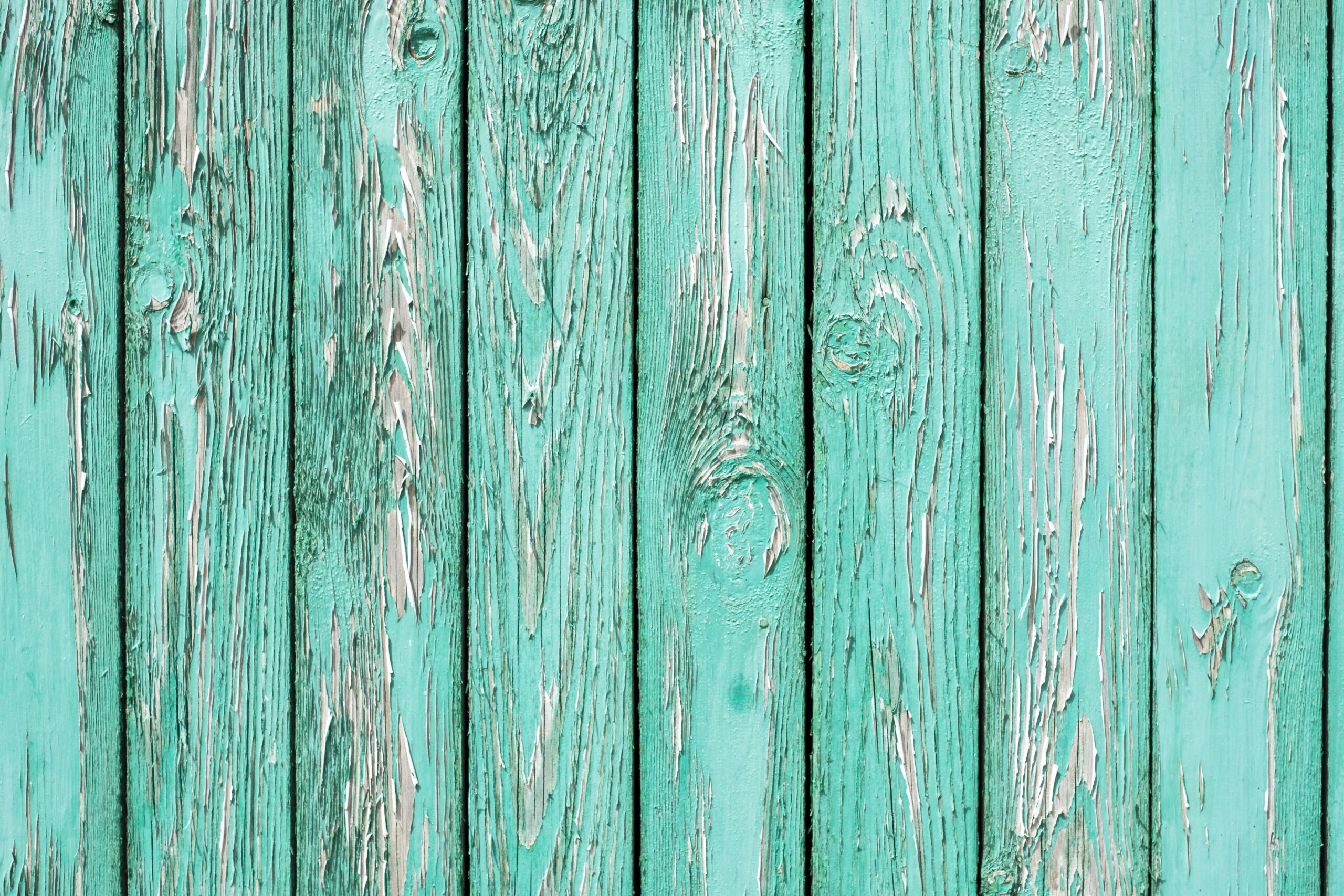Gouache paints, a popular choice among artists for their vibrant colors and versatility, have often been a topic of concern when it comes to their toxicity. As an artist or art enthusiast, it is essential to be informed about the potential health risks associated with the materials you use. In this article, we will explore the question of whether gouache paints are toxic, shedding light on the subject and providing you with the knowledge you need to make informed decisions about your artistic practice.
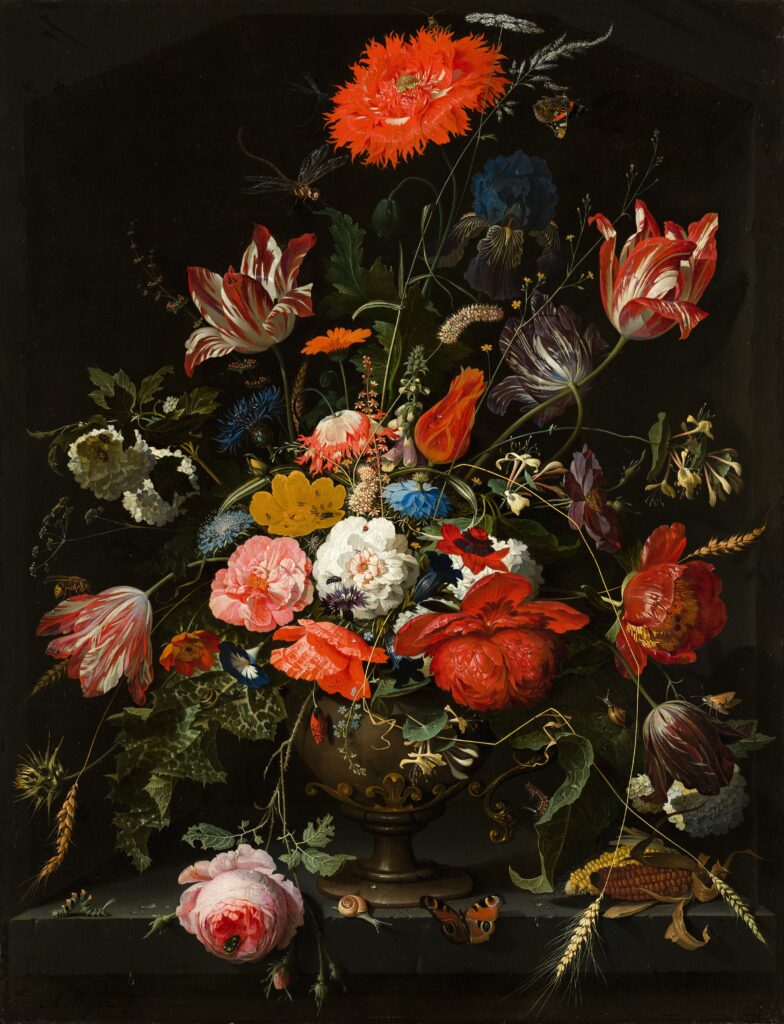
This image is property of images.unsplash.com.
What is Gouache Paint?
Definition
gouache paint is a type of water-based opaque paint that is widely used by artists for various purposes. It consists of pigment particles suspended in a binder, typically a mix of gum Arabic and white pigment such as chalk or kaolin clay. Gouache paints are known for their vibrant colors and versatility, making them a popular choice among artists.
Composition
gouache paints are composed of three main ingredients – pigment, binder, and a solvent. The pigments used in gouache paints can vary, ranging from natural mineral pigments to synthetic ones. The binder, usually gum Arabic, acts as a glue that binds the pigment particles together and adheres them to the painting surface. Unlike watercolors, gouache paints contain larger pigment particles, giving them a more opaque and vivid appearance.
Application
gouache paints can be applied to a variety of surfaces, including paper, canvas, and wood. They can be used for various techniques such as blending, layering, and dry brushing. Gouache paints are popular among illustrators, designers, and fine artists due to their ability to create bold, flat colors and precise details. They are commonly used for creating artworks, illustrations, and designs.
Understanding Toxicity in Paints
Common Toxic Substances in Paints
Many traditional paints contain toxic substances that can be harmful to human health and the environment. Some common toxic substances found in paints include heavy metals such as lead, mercury, and cadmium, as well as volatile organic compounds (VOCs) like benzene, formaldehyde, and toluene. These substances can pose significant health risks if ingested, inhaled, or absorbed through the skin.
Health Risks of Toxic Paints
Exposure to toxic paints can have detrimental effects on human health. Ingesting or inhaling toxic paint particles can lead to various health issues, including respiratory problems, organ damage, neurological disorders, and even cancer. Prolonged exposure to the chemicals in toxic paints can have long-lasting and severe health consequences.
Regulations and Safety Standards
To mitigate the risks associated with toxic paints, governments and regulatory authorities have established safety standards and regulations. These regulations aim to limit the amount of toxic substances allowed in paints and enforce proper labeling and safety procedures. Compliance with these regulations ensures that manufacturers produce paints that meet safety standards and help protect the health of consumers and the environment.
Gouache Paints and Toxicity
Toxicity Levels of Gouache Paints
Gouache paints, in general, have a lower toxicity compared to other types of paints. This is because they are water-based and do not contain high levels of toxic substances like heavy metals or VOCs. However, it is essential to note that the toxicity levels can vary depending on the specific brand and the pigments used in the paints. It is recommended to carefully read labels and safety data sheets of gouache paints to determine their toxicity levels.
Potential Harmful Components
While gouache paints are generally considered less toxic, some pigments used in them may still pose potential health risks. Certain pigments, such as those made from cadmium or cobalt, can be toxic if ingested or inhaled in large amounts. Additionally, some pigments may cause skin irritation or allergic reactions in individuals with sensitivities or allergies. It is vital to be aware of the pigments used in gouache paints and take necessary precautions to minimize any potential harm.
Safety Precautions for Artists
To ensure the safe use of gouache paints, artists should follow some essential safety precautions. It is recommended to work in a well-ventilated area to reduce inhalation of any paint fumes. If ventilation is limited, using a respiratory mask can offer added protection. Artists should also avoid eating, drinking, or smoking while working with gouache paints to prevent accidental ingestion. Additionally, using gloves and washing hands thoroughly after painting can help minimize the risk of skin contact with potentially harmful pigments.
Ingestion and Inhalation Risks
Potential Health Effects of Ingesting Gouache Paints
Although gouache paints have a lower toxicity compared to other paints, ingesting them can still pose health risks. Swallowing large amounts of gouache paint can lead to gastrointestinal issues such as nausea, vomiting, or diarrhea. Some pigments used in gouache paints can be toxic if directly ingested, especially by children or pets. It is crucial to keep gouache paints out of reach and ensure proper storage to prevent accidental ingestion.
Risks Associated with Inhalation of Gouache Paint Fumes
Inhalation of gouache paint fumes is generally not a significant concern due to the low levels of toxic substances in these paints. However, in poorly ventilated areas or with prolonged exposure to a high concentration of fumes, some individuals may experience mild respiratory irritation or allergic reactions. It is advisable to work in a well-ventilated space or use additional ventilation methods such as fans or air purifiers to reduce any potential inhalation risks.
Preventive Measures for Artists
To minimize the risks of ingestion and inhalation, artists should take preventive measures when working with gouache paints. It is essential to keep food and beverages away from the workspace to avoid accidental ingestion. Additionally, storing gouache paints in tightly sealed containers and out of the reach of children and pets can prevent accidental ingestion. Artists should also ensure proper ventilation during painting sessions and consider using respiratory masks if working with high concentrations of fumes or in poorly ventilated areas.
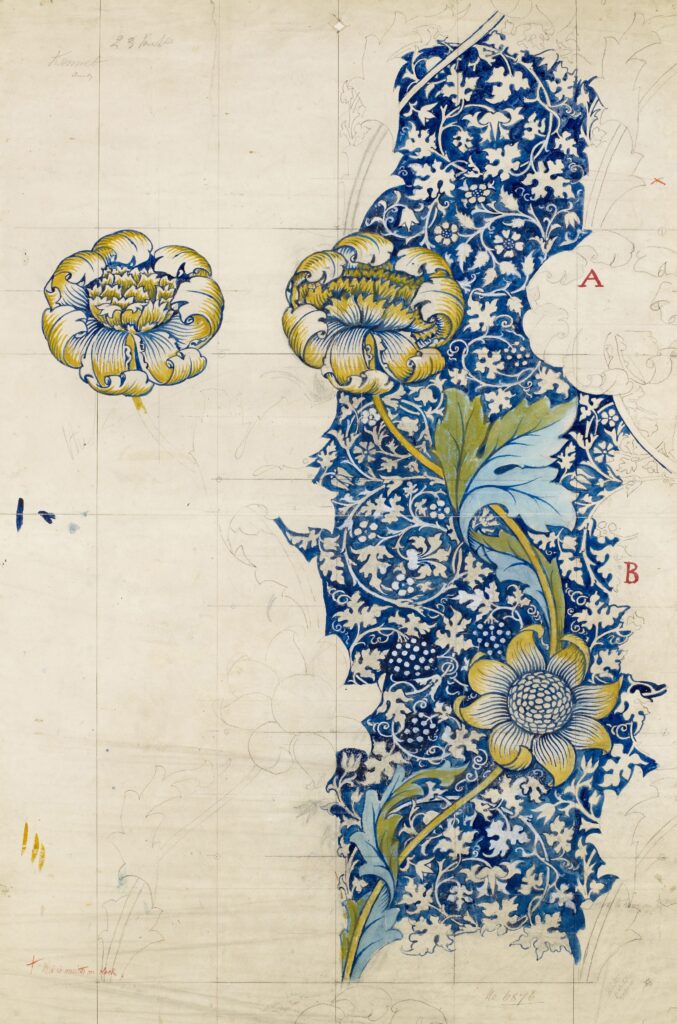
This image is property of images.unsplash.com.
Skin Contact and Allergic Reactions
Possible Skin Contact Hazards with Gouache Paints
While gouache paints are generally safe for skin contact, some pigments used in them may cause skin irritation or allergic reactions in susceptible individuals. Certain pigments, such as those derived from nickel or chromium, are known to cause dermatitis in people with sensitivities. It is crucial to be aware of any known allergies or sensitivities and avoid direct skin contact with gouache paints containing potentially irritating pigments.
Risk of Allergic Reactions
Allergic reactions to gouache paints may vary from mild skin irritation to severe allergies. Some individuals may develop contact dermatitis, characterized by redness, itching, or a rash, upon direct skin contact with certain pigments. People with known allergies or sensitivities to specific substances should avoid using gouache paints containing those pigments or consider conducting patch tests before extensive use.
Tips for Protecting Skin
To protect the skin from potential hazards of gouache paints, artists should consider taking certain precautions. Wearing protective gloves can help minimize direct skin contact with pigments and reduce the risk of skin irritation. In case of accidental contact, it is important to wash the affected area with mild soap and water gently. Applying a moisturizer or barrier cream before painting can also provide an additional protective layer for the skin.
Impact on the Environment
Disposal of Gouache Paints
Proper disposal of gouache paints is essential to prevent environmental contamination. Artists should avoid pouring leftover paint or rinsing paintbrushes down the sink, as it can lead to the pollution of water sources. One should allow gouache paints to dry out completely and dispose of them in regular waste bins. It is also advisable to follow local waste management guidelines and regulations for safe disposal of any potentially harmful art materials.
Environmental Concerns
Gouache paints, being water-based and containing fewer toxic substances, are generally considered more environmentally friendly than oil-based or solvent-based paints. However, some pigments used in gouache paints, such as certain blues and greens, may contain traces of toxic or non-biodegradable compounds. Artists should be mindful of the pigments they use and consider choosing eco-friendly alternatives whenever possible to reduce their environmental impact.
Eco-friendly Alternatives
For artists looking to minimize their ecological footprint, there are eco-friendly alternatives available in the market. Watercolor paints, made from natural pigments and organic binders, can offer a more environmentally friendly option. Natural dyes and pigments derived from plant or mineral sources can also provide sustainable alternatives to conventional gouache paints. Artists should explore these alternatives and choose materials that align with their environmental values.

This image is property of images.unsplash.com.
Safe Practices for Artists
Proper Ventilation
Working in a well-ventilated space is crucial to minimize exposure to potentially harmful fumes or particles. Artists should ensure proper air circulation by opening windows or doors, using fans, or investing in air purifiers. Adequate ventilation helps reduce the risk of inhalation and ensures a safe working environment.
Using Protective Equipment
Using personal protective equipment (PPE) is an effective way to reduce the risk of exposure to potentially toxic substances in gouache paints. Respiratory masks, gloves, and protective eyewear can offer added protection when working with pigments that may pose inhalation or skin contact hazards. It is important to choose appropriate PPE and use it consistently during painting sessions.
Safe Storage and Handling
Proper storage and handling of gouache paints are essential for maintaining their quality and ensuring safety. Store gouache paints in a cool, dry place away from direct sunlight, extreme temperatures, and moisture. Tightly seal containers after use to prevent drying or leakage. It is important to handle gouache paints carefully, avoiding spills, and clean any accidental spills promptly and thoroughly.
Cleaning and Maintenance
Regular cleaning and maintenance of painting tools, such as brushes and containers, are crucial for artists’ safety. Thoroughly clean brushes after each use to prevent the build-up of dried paint. Dispose of leftover paint properly and ensure containers are clean before storing fresh paint. Regular maintenance of painting equipment helps prevent cross-contamination and ensures a safe working environment.
Labeling and Safety Data Sheets
Understanding Labels on Gouache Paints
Labels on gouache paint containers provide vital information about the product, including the ingredients, manufacturer details, and any associated hazards. Artists should carefully read and understand these labels to identify potential health risks, specific precautions, and safe handling instructions. Labels also indicate compliance with safety standards and regulations, ensuring the paint meets the necessary requirements.
Importance of Safety Data Sheets
Safety data sheets (SDS) provide in-depth information about the composition, hazards, and safety precautions associated with gouache paints. Artists should familiarize themselves with the SDS provided by the manufacturers and keep them easily accessible. SDS contain detailed instructions on storage, handling, disposal, and emergency procedures, helping artists make informed decisions and take necessary precautions.
Interpreting Hazard Warnings
Gouache paint containers often include hazard warnings such as “harmful if swallowed” or “may cause skin irritation.” It is crucial to understand and interpret these warnings correctly to ensure safe handling and use of the paints. Artists should familiarize themselves with the specific hazards associated with the pigments used in their gouache paints and take appropriate measures to mitigate any risks.
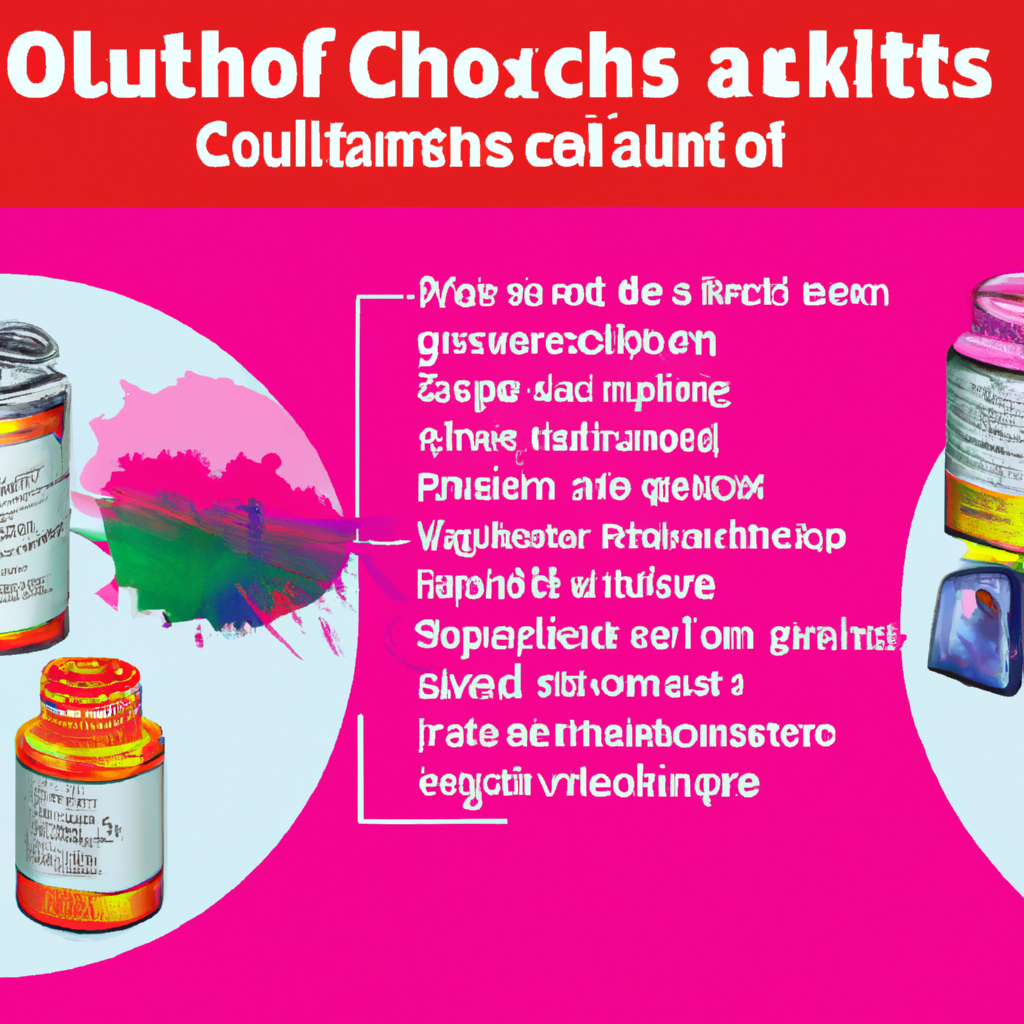
Best Practices for Children and Beginners
Choosing Non-toxic Gouache Paints
When introducing children or beginners to painting with gouache, it is vital to prioritize their safety. Choosing non-toxic gouache paints specifically labeled as safe for children can help minimize health risks. Non-toxic gouache paints are formulated to have reduced levels of potential harmful substances, making them safer for use by individuals with less experience or higher susceptibility.
Supervision and Assistance
Supervision and assistance are essential when children or beginners are using gouache paints. A responsible adult should oversee painting sessions to ensure proper handling, safe practices, and adherence to any age-specific recommendations. Assistance should be provided when handling potentially hazardous materials, such as pigments containing heavy metals.
Teaching Safe Painting Techniques
Teaching safe painting techniques is crucial for the well-being of children and beginners. Educating them about the importance of proper ventilation, using the appropriate protective equipment, and following safety guidelines can help develop good habits from the start. Teaching safe practices also includes instructing individuals on proper cleanup and disposal procedures to minimize environmental impact.
Conclusion
While gouache paints are generally considered less toxic compared to other types of paints, artists should still be aware of the potential health risks associated with their use. Understanding the toxicity levels, potential harmful components, and proper safety precautions is crucial for ensuring the well-being of artists and promoting responsible use of gouache paints. By following safe practices, choosing eco-friendly alternatives, and prioritizing personal and environmental safety, artists can create art with confidence and peace of mind.
